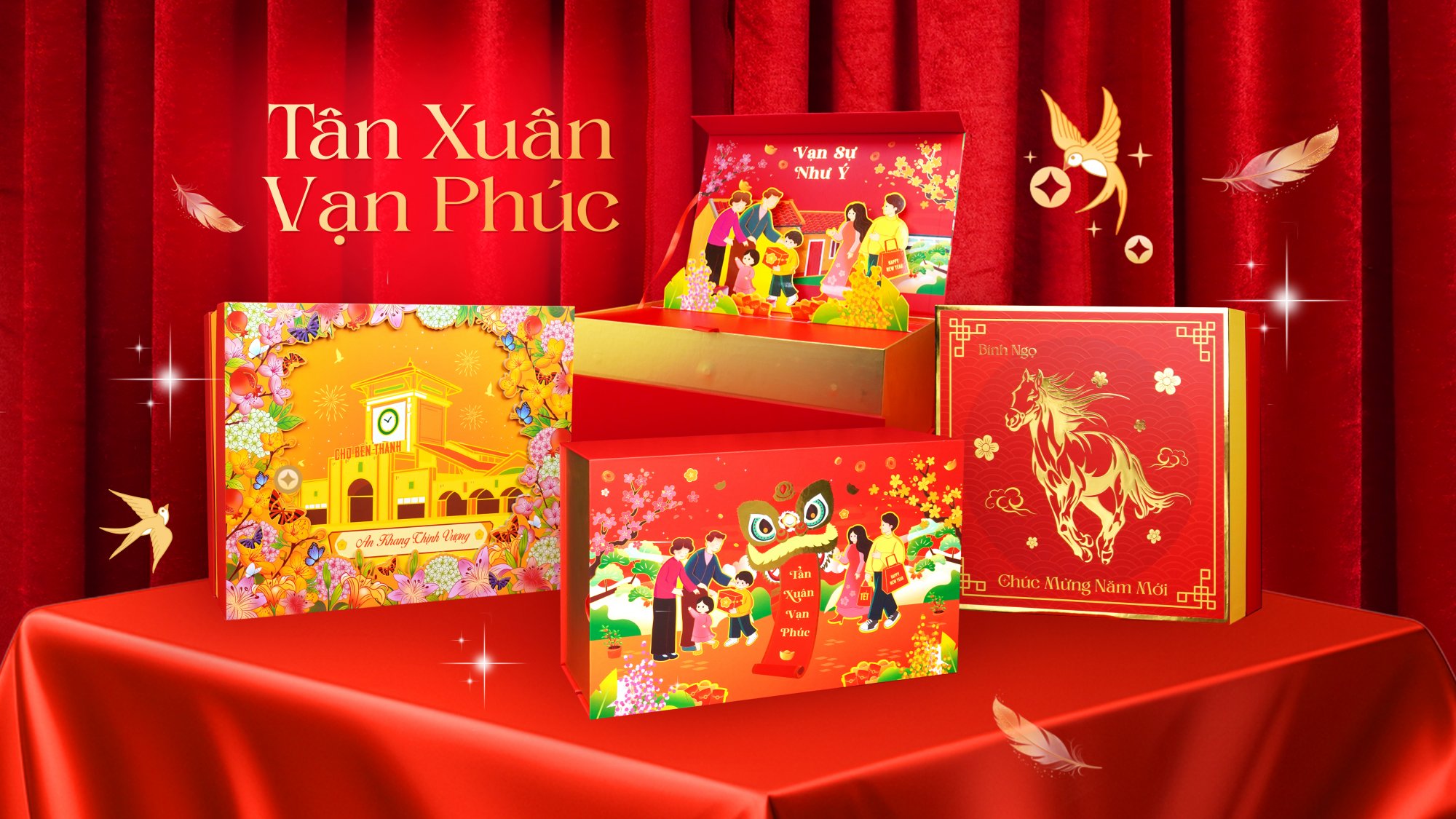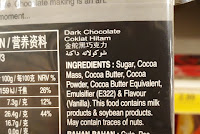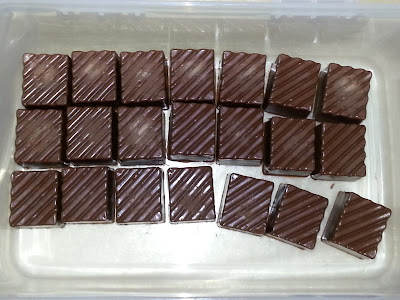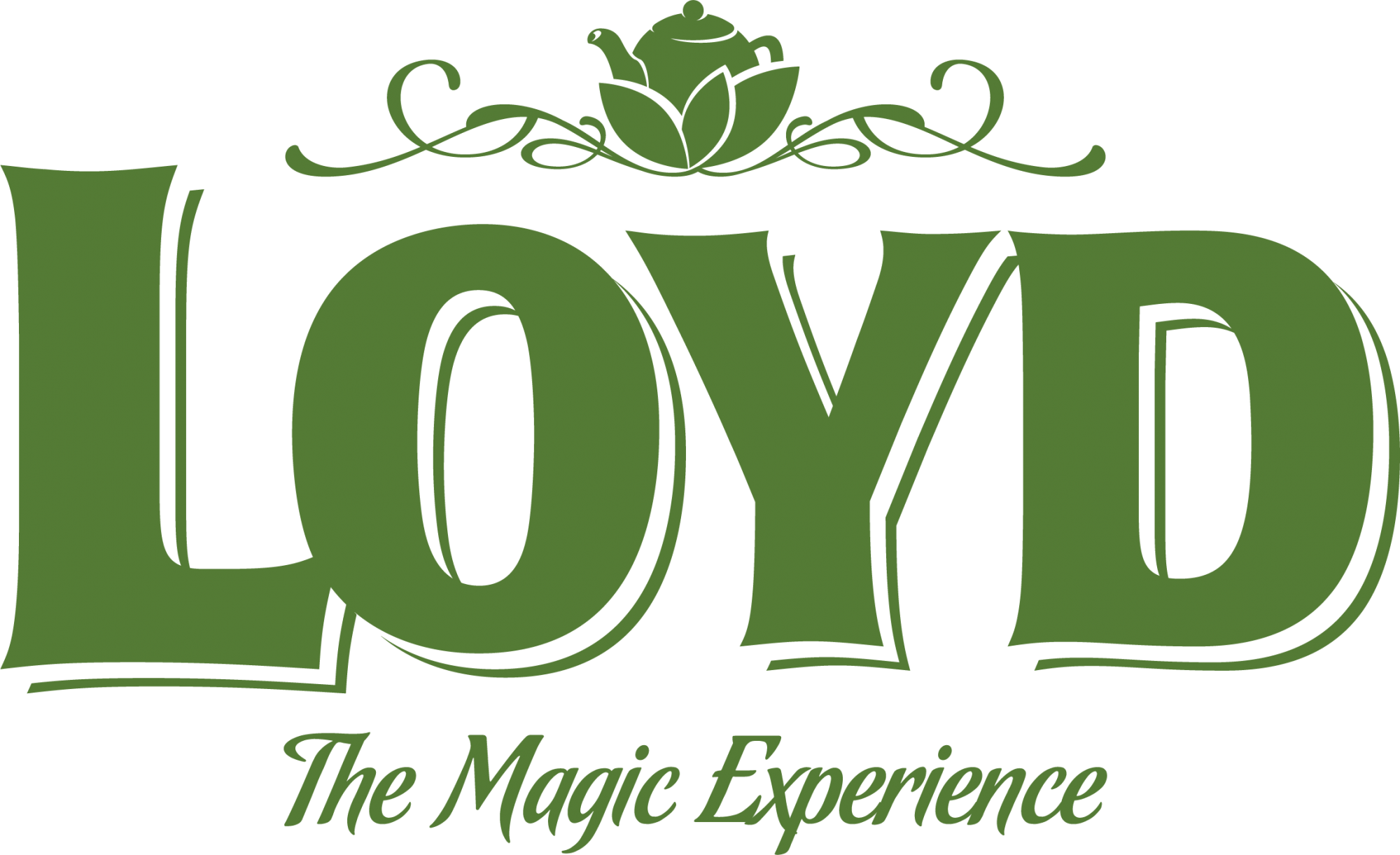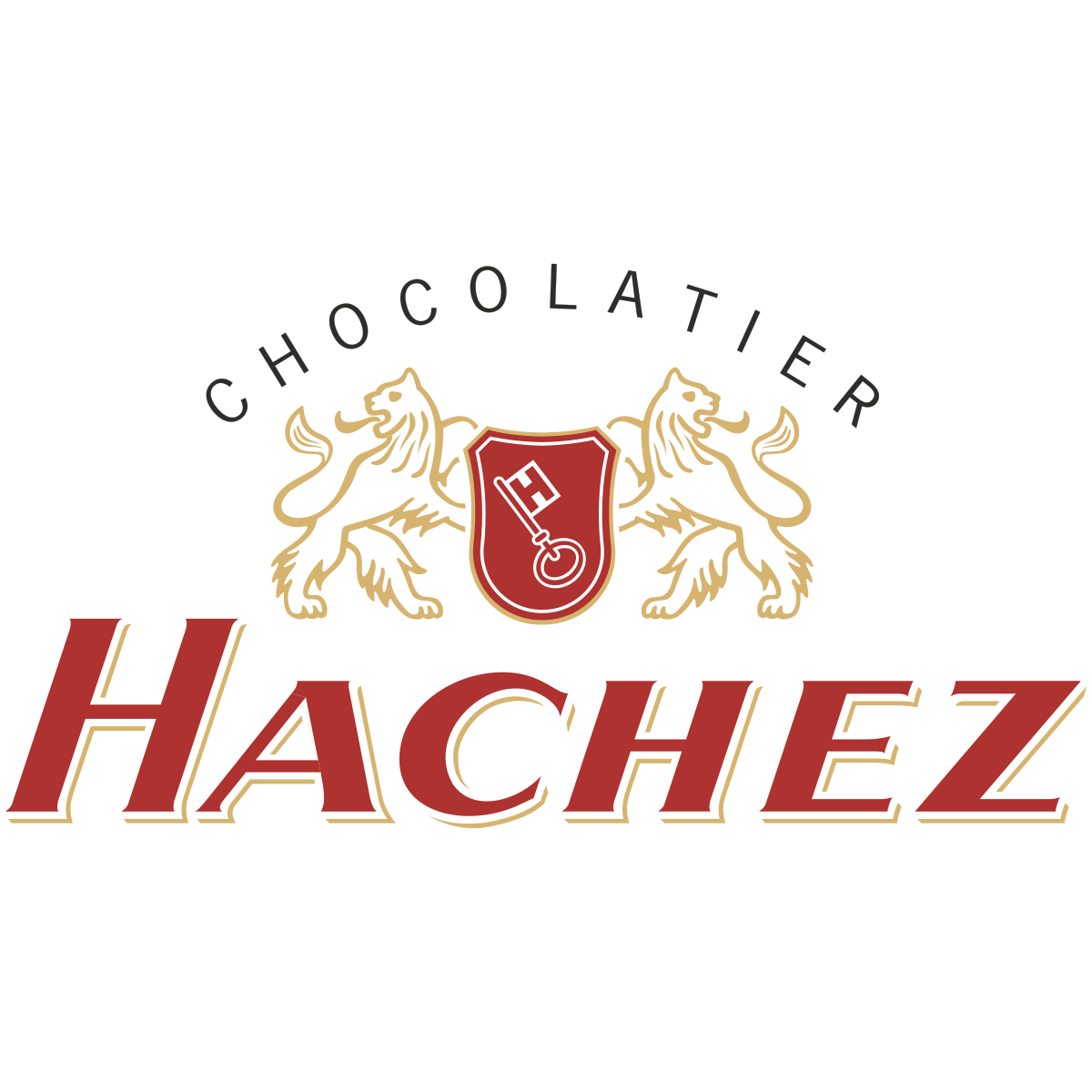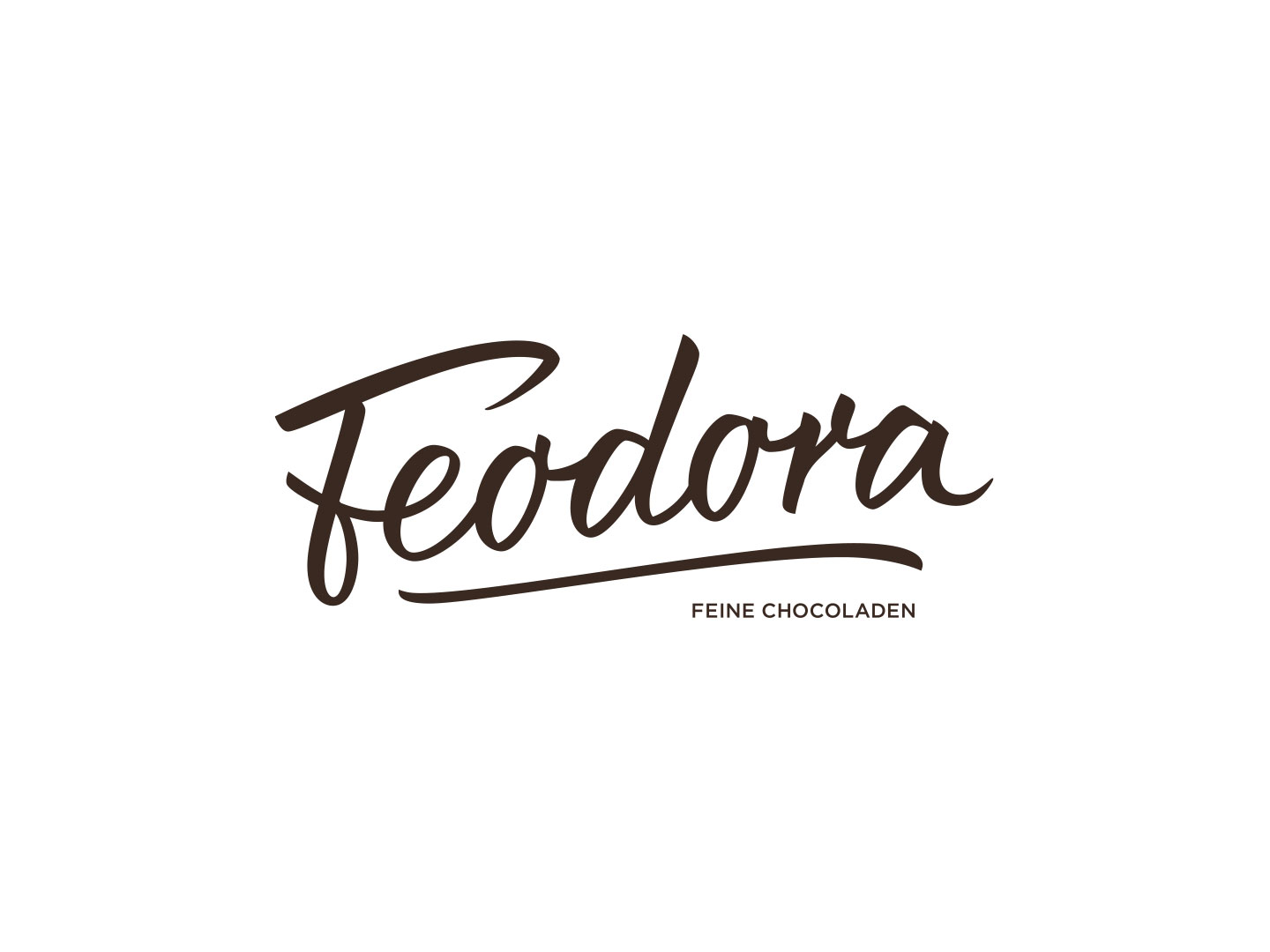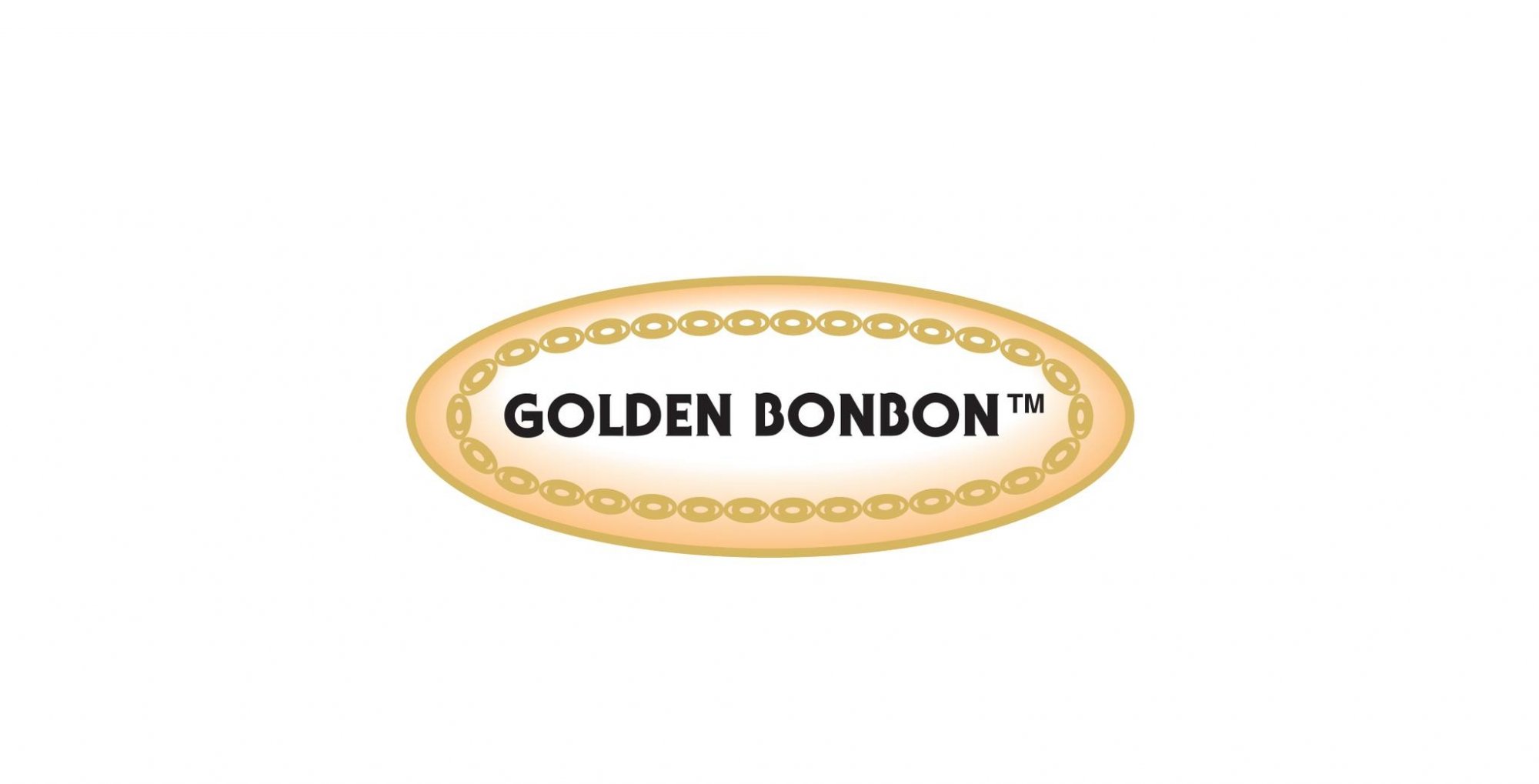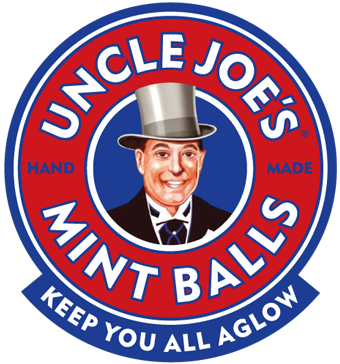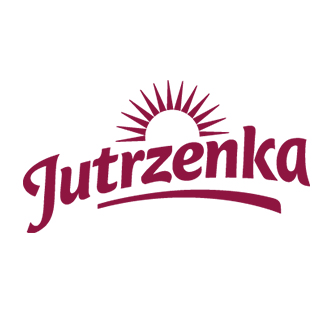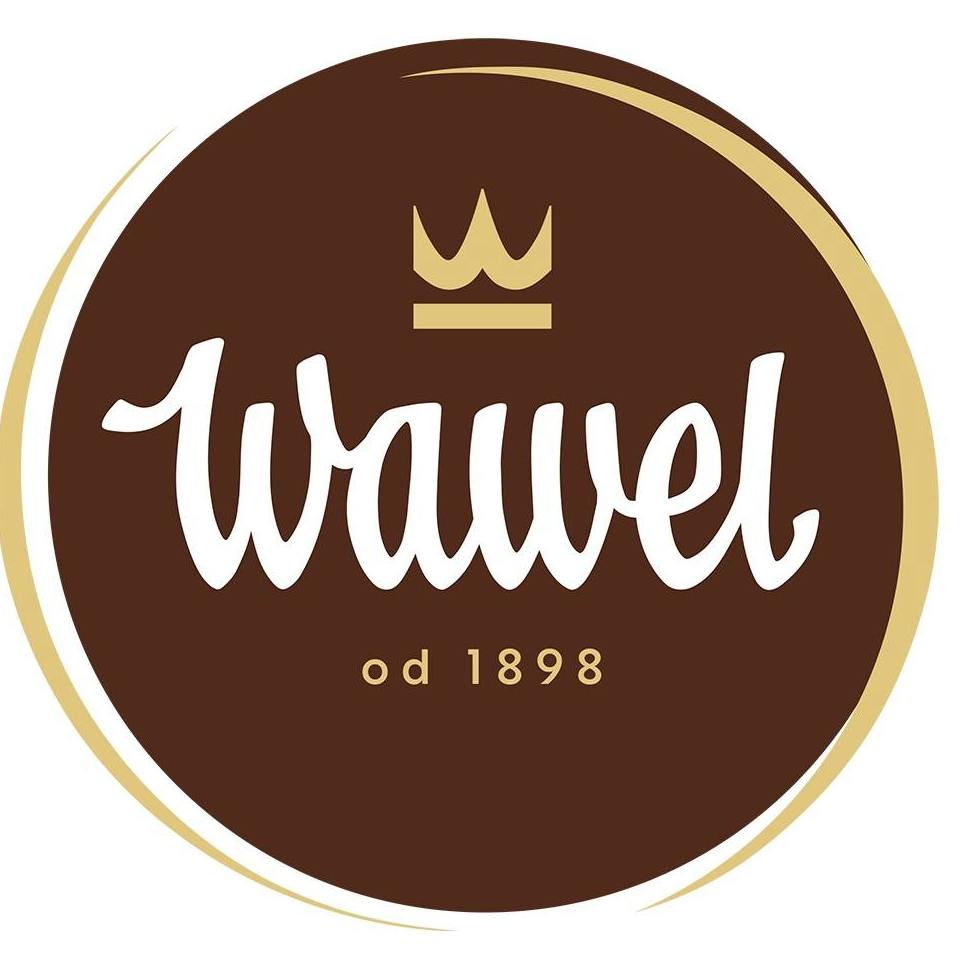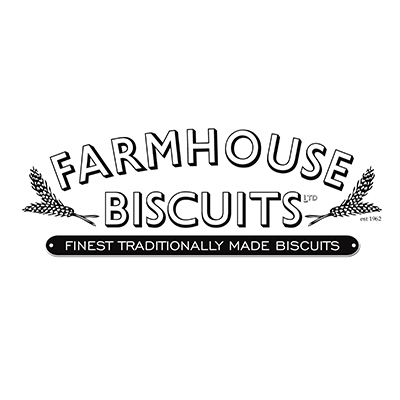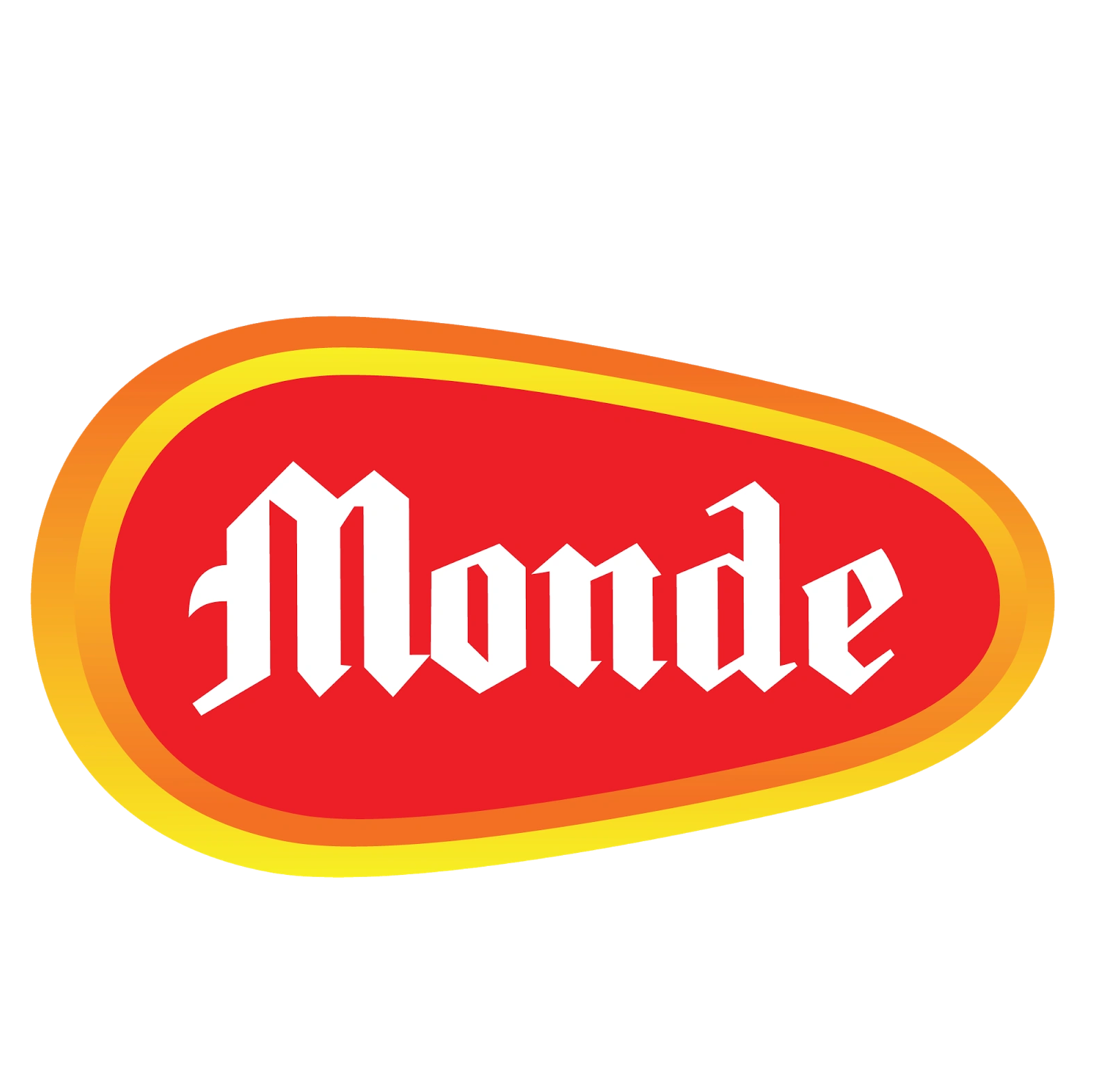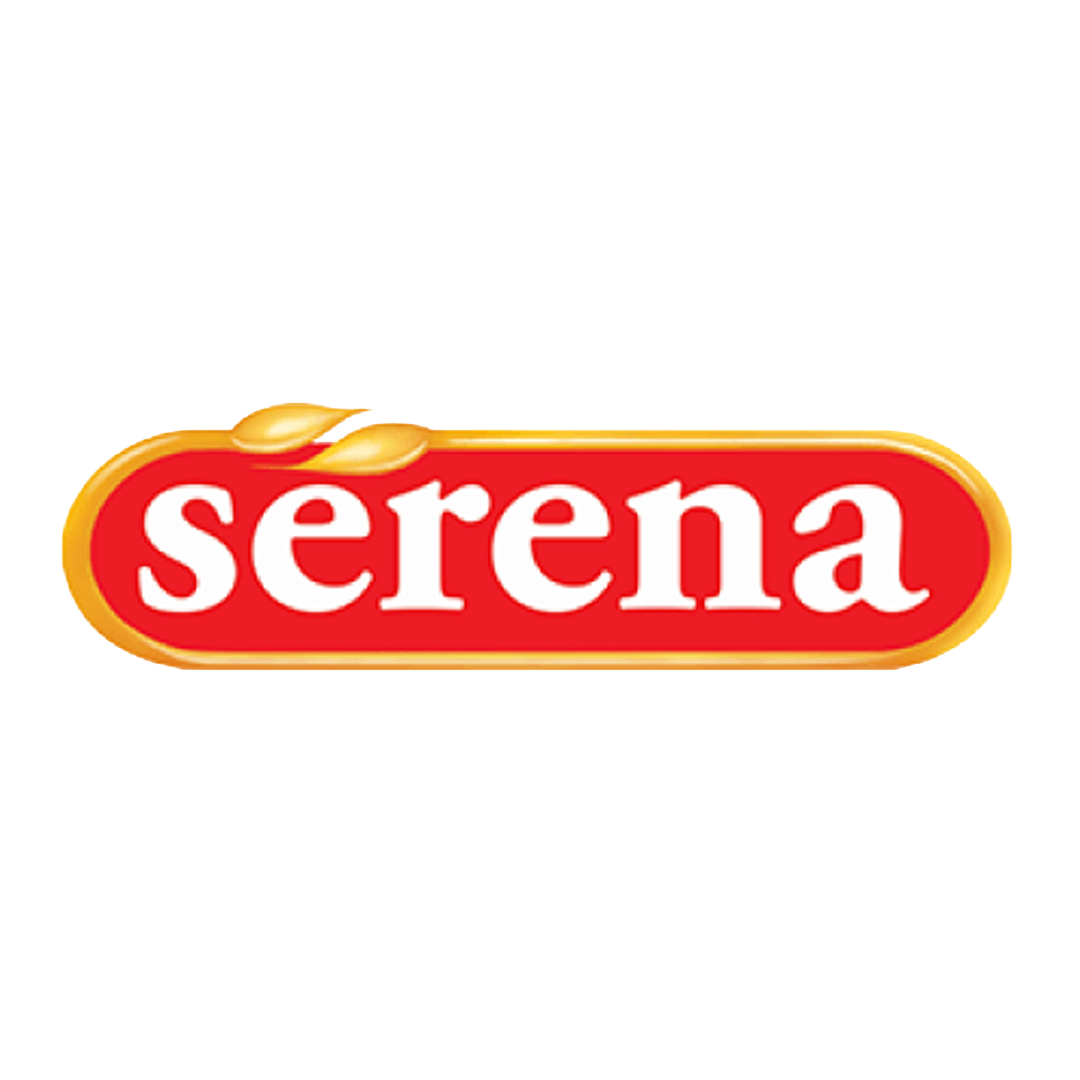How to tell if a chocolate is real or fake?
18/05/2020, 11:49 AM
1. The price
Surely the more expensive a bar, the better its quality right? Not necessarily so. Sure, by general standards, it makes sense that the price should correspond to the quality, as true chocolate is almost never cheap. However, be aware that in the world of brands and big names which we are in right now, just the name of a well-known brand would supposedly be sufficient for the marketers to hike up the prices sky high and make you believe that their brand is the best. The fact is, there will always be a better brand or product tomorrow. So, why not spend a little less on a less popular brand with a quality that is equal to or better than that well-known brand of chocolate. If you are a true chocolate lover who prioritizes taste over brand name, anyway.
2. The cocoa butter
What makes chocolate taste so mouth-watering, and not to mention expensive, isn’t necessarily just the cocoa part (the stuff that gives the chocolatey flavor and brown color), but the cocoa butter that it contains. Since cocoa butter melts at a lower temperature than your body, it gives you that melt-in-your-mouth feel as soon as it touches your tongue. That is why, to find a good bar of chocolate, you should always check the cocoa butter content before anything else.
“But how do I know the cocoa butter content?” you may ask. Simple. Turn that bar around and away from the glitz and glamour of its front page, and take a quick look at its ingredients list. Cocoa butter should be the second or third ingredient on the list (cocoa mass being the first, followed by milk as a possible second for the milk chocolate variety) which lists ingredients with the largest quantities first and moves in a decreasing order.
You may be surprised how many chocolate bars are made with sugar, or even worse, vegetable oil first and would even DARE call themselves a “chocolate”. I’ve even once seen corn flour listed as one of the major ingredients in a chocolate bar. What was it doing there? I would venture a guess and say that it’s only to increase the bulk in order to decrease the price of the chocolate. Absolutely disgraceful to the name of the “Chocolate”, if you ask me.
So the next time you find yourself comparing two chocolate bars with the same price, check the ingredients list before making your final decision.
3. The cocoa mass
True chocolate uses cocoa mass as an important component. Cocoa mass is the stuff that gives your chocolate that sticky, chocolatey taste and the brown color which would not have been so if it were absent. Some producers use cocoa powder to substitute cocoa mass in order to reduce its price. I find that using cocoa powder is acceptable to my taste buds, but nothing will ever beat the taste you get from a chocolate that uses cocoa mass.
Then again, if you’re in a pinch financially, you can settle your craving with the cocoa powder versions until you can upgrade yourself to true chocolate in all its glory.
4. Beware of chocolate bloom
No, I’m not saying that that bar of chocolate in your hand (presuming that you’re holding one) is about to bloom flowers and fill your garden with fruits in the shape of chocolate bars. Remember the time when you kept your chocolate in the refrigerator to prevent it from melting on a warm summer’s day, only to find that the brown bar had turned white on the outside? That’s chocolate bloom. No worries, it’s not mold, so you can safely eat it without rushing to the toilet the next second.
Chocolate bloom happens due to two possible reasons: One, when a chocolate placed in a warm area is subjected to a very cold temperature afterwards, it will bloom. This is because the fat (cocoa butter) melts at warm temperatures and seeps up to the surface of the chocolate. Then, when the chocolate is cooled again, this fat will solidify and turn into the white stuff that you see.
“Hot, cold, hot, cold, make up your mind, human. I’m blooming annoyed ye know”, says your chocolate bar if it had a life of its own.
A second possible explanation is due to the exposure to moist (or humid) conditions. The water vapor that lands on the surface of exposed chocolate will become the pied piper and will start pulling sugar particles from within the chocolate and collect them on the surface. Then, as the water evaporates, the sugars are left to fend for themselves in the cold, cruel world. Hence, they start clumping themselves together and forming sugar crystals (the white stuff that you see).
Anyway, the point is, if you ever see a chocolate bar on the shelf with chocolate bloom on it, stay away from it because while it’s still edible, the flavor, texture and all that you love about chocolate will be gone.
5. Does it melt?
In all seriousness, a chocolate that does not melt at warm temperatures is NOT chocolate at all. There are various brands offering chocolate bars at very low prices, bars which literally don’t melt at warm temperatures. Sure, these seem like the perfect solution to chocolate storage during summer months, but I seriously doubt the quality of these products. Bite into one and you will understand. It’s hard and flavorless, and it certainly doesn’t melt in your mouth.
Such chocolates are usually made using vegetable shortening or a large amount of emulsifiers and stabilizers, that’s why they don’t melt the way that cocoa butter would. They may have a longer shelf-life, but I guess they’re going to need it, considering how long it would take for them to be chosen and bought by true chocolovers (chocolate lovers).
Hope you enjoyed it! And stay tuned for more from THE PERCEPTIVE FOODIE.
I would also be glad to have your comments about this post, or if you have any curiosities about the food world that you have always wondered about.
Reviews


